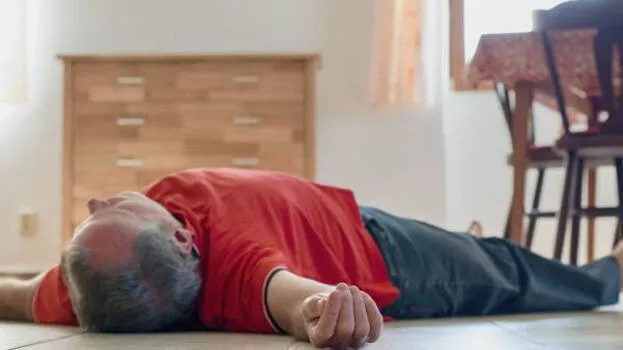

You are walking down the street and suddenly see a person collapse. The person is lying motionless. People are crowding around. They are confused and don’t know what to do. Some are talking to each other but no one is doing anything to help the person. Why?
That's because many of us don't know what to do when someone suddenly collapses. We can change that. You don't need a medical degree to save a life - all you need is the right knowledge and the courage to act.
What should you do?
1. Assess the situation
Before going to the unconscious person, make sure that the surroundings are safe for you to approach. Make sure that there are no fast-moving vehicles, power lines, collapsing buildings, fires, or anything else that could endanger your safety. You cannot help someone else by putting yourself in danger.
2. Check for consciousness
Go to the person. Check for consciousness by firmly tapping their shoulder and calling out loudly.
3. Call for help
If the person is unresponsive, ask someone nearby to call an ambulance immediately. If you are alone, call using your mobile phone. When you call, clearly state that there is an unconscious person and ask for an ambulance to be sent to the location
4. Check for breathing
Check carefully to see if the person's chest is moving up and down normally. If they are not breathing or if they seem to be making very few respiratory movements, assume they are in cardiac arrest.
5. Start CPR
Cardiopulmonary resuscitation (CPR) is an emergency treatment given when someone has stopped breathing or has stopped breathing. Timely CPR can save a life.
To do this, stand at the person's side and place your palm in the center of the chest. Place your other hand on top of it and interlock.
Press the chest hard and fast, about 100-120 times per minute
Push down at least one-third of the person's chest. Allow the chest to return to its normal position between compressions. Continue until the ambulance arrives. Check every two minutes to see if the person is conscious or breathing again. If so, you can stop CPR.
Automated external defibrillators (AEDs) are available in some public places. These are life-saving devices designed for use by laypeople. If one is available, place it next to the person and turn it on while you are performing CPR.
The AED is a device that guides the user through voice prompts, so listen to what it says and follow its commands as soon as you turn it on. Attach the pads as shown. Follow the voice prompts. If the AED asks you to deliver a shock, make sure no one is touching the patient and press the flashing light. Continue CPR until help arrives.
What to do next?
When the ambulance arrives, give all the information you can: what happened, how long you have been providing CPR, and everything you know about the events leading up to the cardiac arrest. Your actions could mean the difference between life and death.
Remember:
Unresponsiveness + respiratory arrest = cardiac arrest = start CPR immediately.
By doing the right things at the right time, you can make all the difference between someone's life and death.
Dr. Binu Bright
Consultant and Head of the Department
Emergency Medicine
SUT Hospital, Pattom.TVM